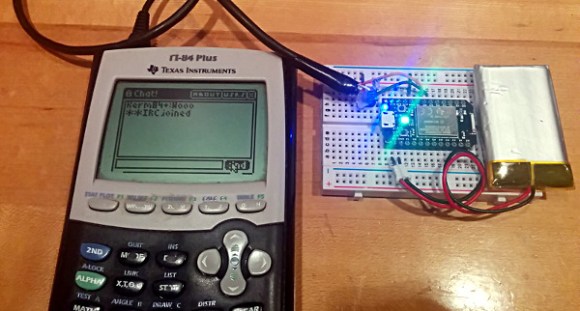A Doom-esque Port To The ATmega328
Doom holds a special place as one of the biggest games of the 1990s, as well as being one of the foundational blocks of the FPS genre. Long before 3D accelerators hit the market, iD Software’s hit was being played on computers worldwide, and later spread to all manner of other platforms. [David Ruiz] decided to build a cutdown version for everyone’s favourite, the ATmega328.
Due to the limited resources available, it’s not a direct port of Doom. [David] instead took some sprites and map data from the original game, and built a raycasting engine similar to that of Wolfenstein 3D. Despite the limited memory and CPU cycles, the basic game can run at between 8-11 FPS. There are fancy dithering tricks to help improve the sense of depth, a simplified enemy AI, and even a custom text library for generating the UI.
It’s a great example of what can be done with a seemingly underpowered part. We’ve seen similar work before, with Star Fox replicated on the Arduboy. A hacker’s ingenuity truly knows no bounds.



